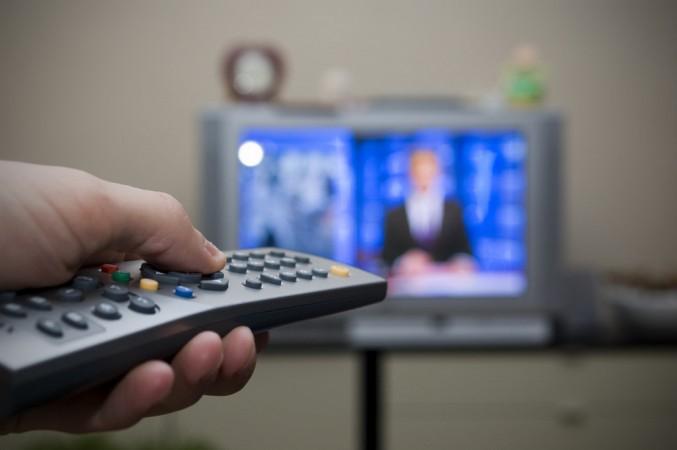
Televisions with an 8K resolution normally have 7,680×4,320 pixels. They have been around for some time as prototype gadgets, but this year, you can get yourself one of those.
At the recently concluded IFA 2018, Samsung launched its first QLED 8K TV, the 85-inch Q900FN. It comes with fancy features which a first-class Samsung TV would have, including great design and brightness with support for HDR10+. LG, Toshiba, and other manufacturers also had 8K TVs on display at the show.
While it's quite possible to differentiate 4K TVs from and 8K, the difference is not as close as that between 4K and 1080p a.k.a. Full HD resolution. Your eyes are the restricting element here, and while the real numbers do exist, looking at a 4K versus 8K TV will demonstrate to you that the difference isn't staggering.
And regardless of whether you can differentiate, you need plenty of luck discovering content for your 8K TV. It's even hard to find content for 4K displays — you can get some on Netflix, but then there's not much to choose from. With 8K, you'll actually have a hard time finding stuff to watch, and it is going to be like this for quite a while until producers actually start investing in 8K content, and this will only happen if the market has 8K TVs. It's a catch.
The reason for this is that 8K films take several gigabytes of space depending on the compression, and we're still far-away from practically streaming such intensive volume of data. There's no physical medium to store it as well — Ultra HD Blu-Ray maximizes at 100GB. Essentially, 8K is illogical in many ways.
There's a practical reason behind why a large portion of the lower-resolution TVs at displays show films like Transylvania 3 and Wonder Woman, and other action-rich videos, while the 8K TVs display a static picture or a short video.
There's another issue: hypothetically, if you're watching 4K content on your 8K TV, the quality may really be more terrible than on a 4K TV.
















